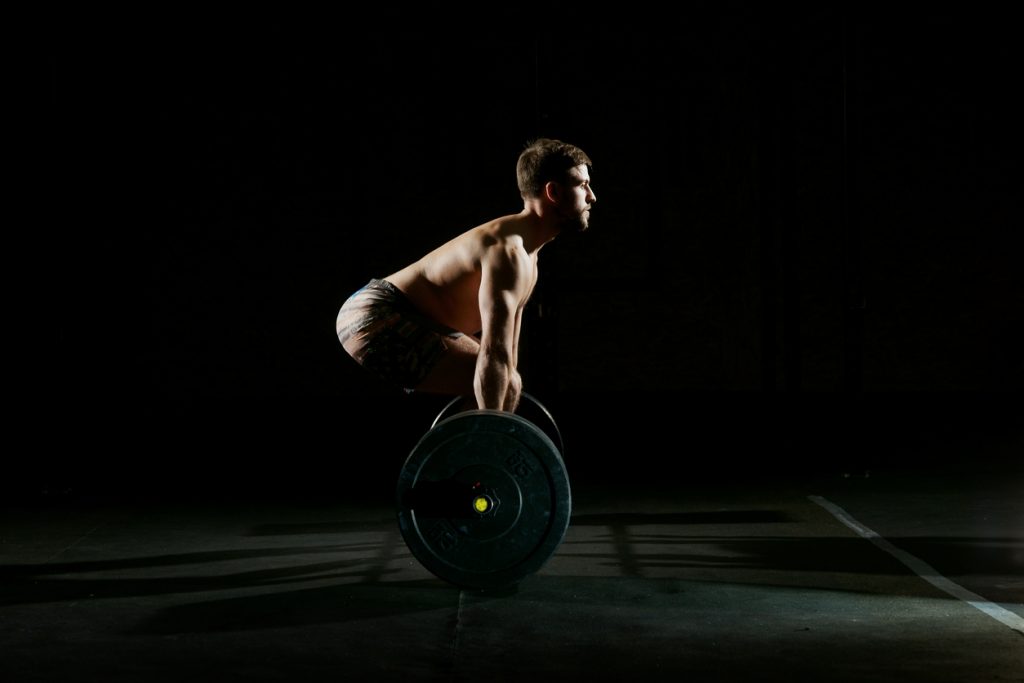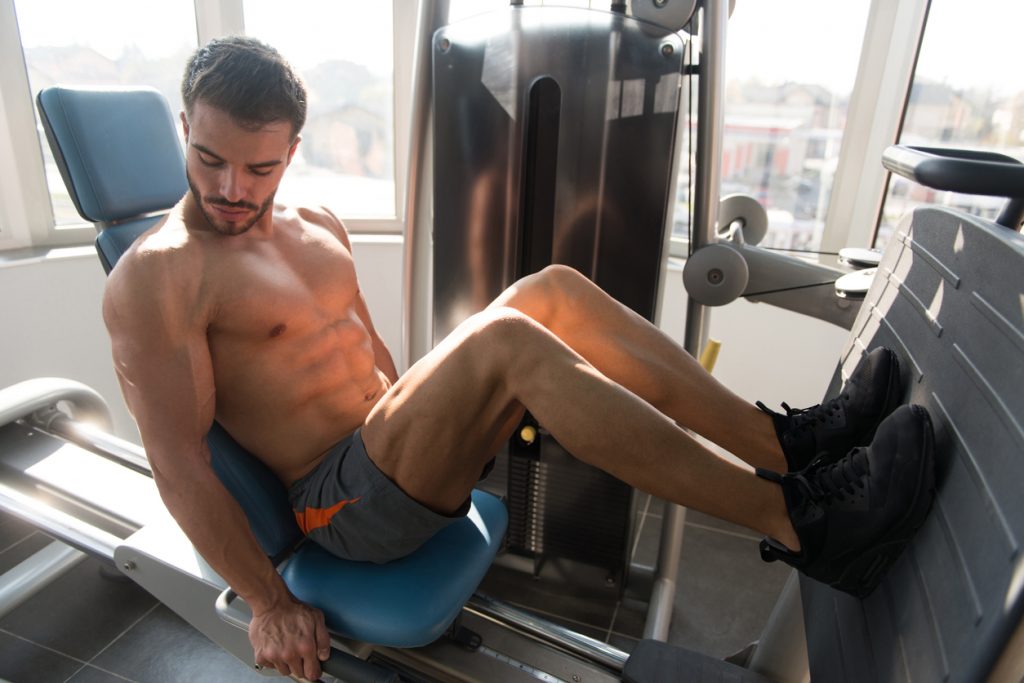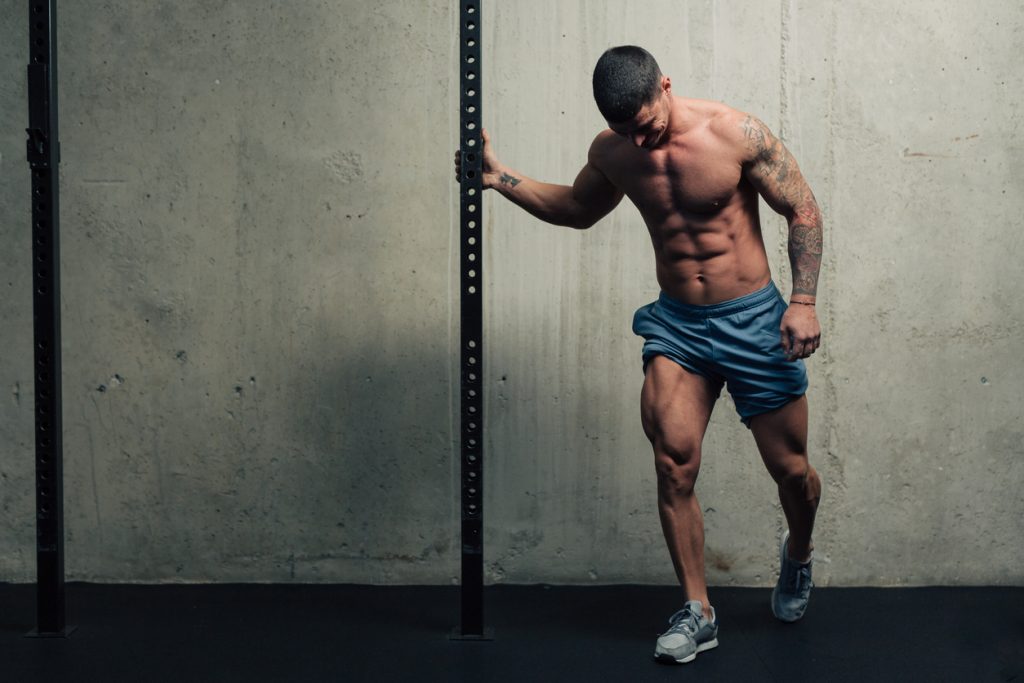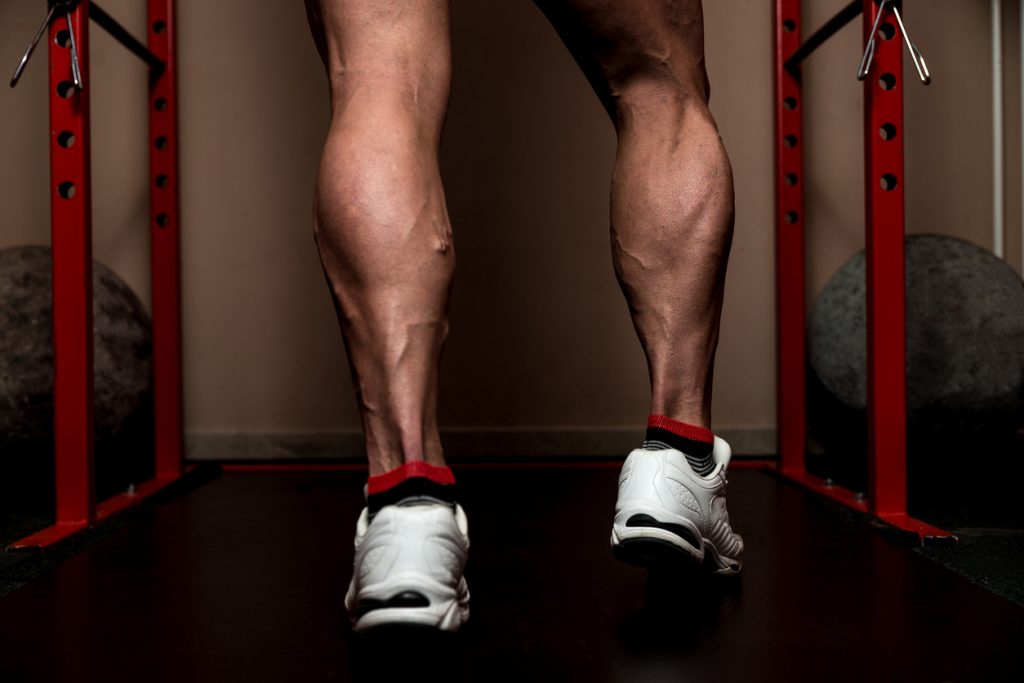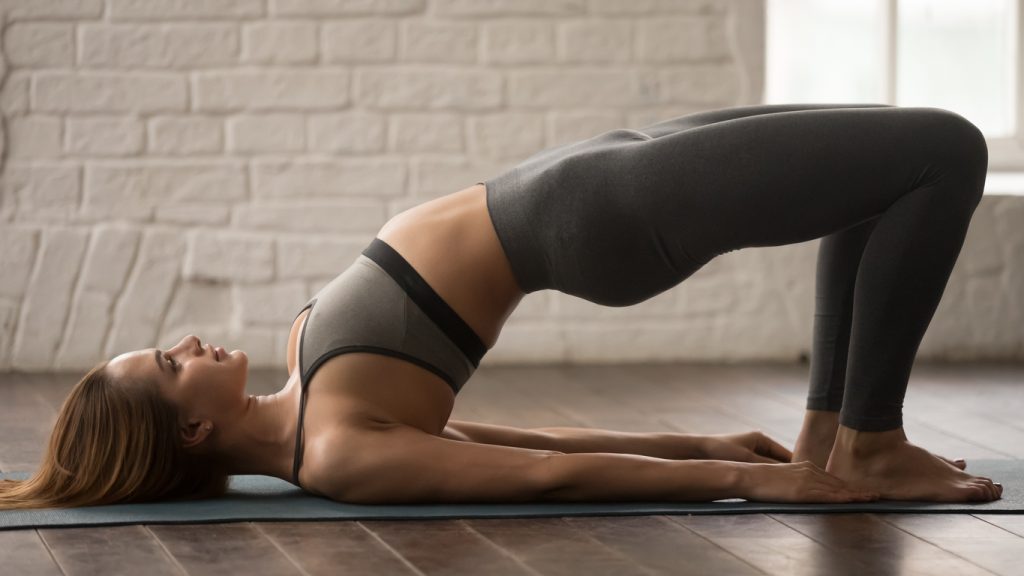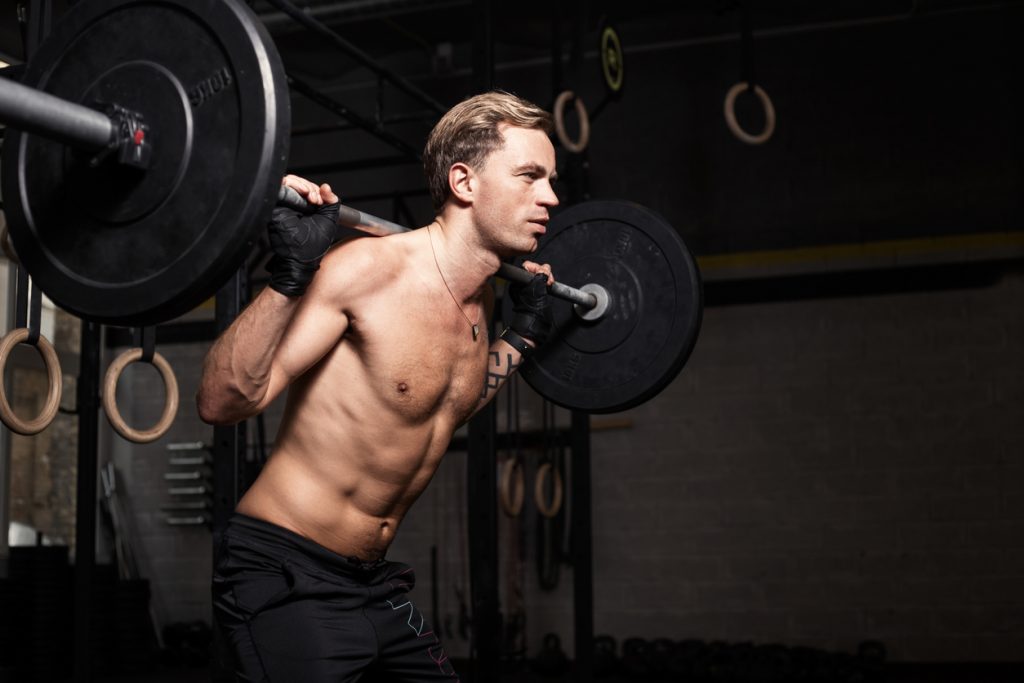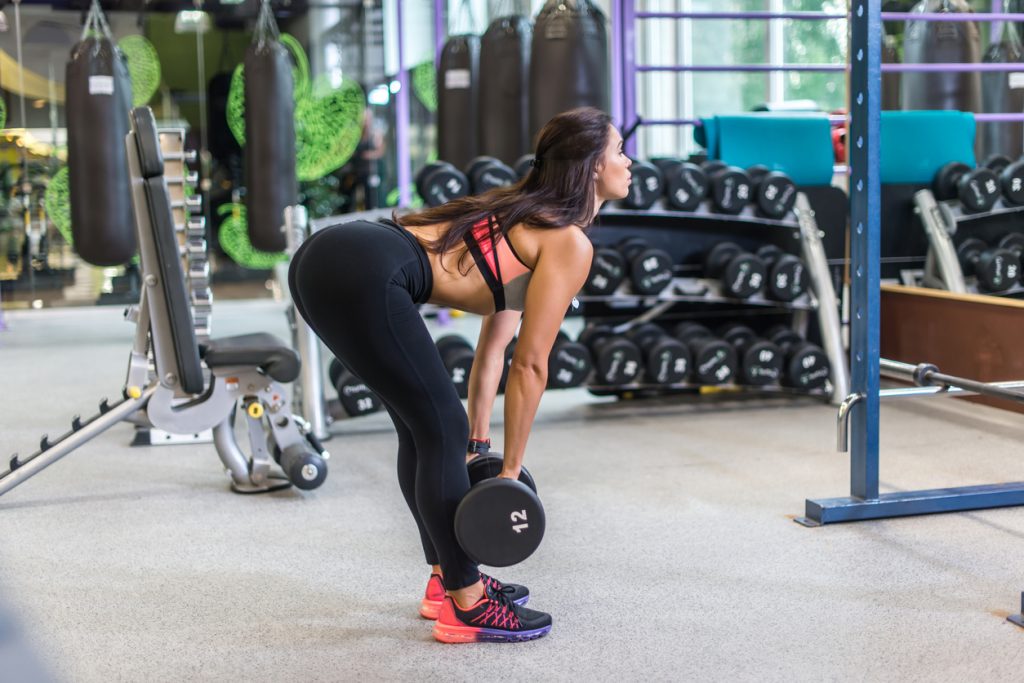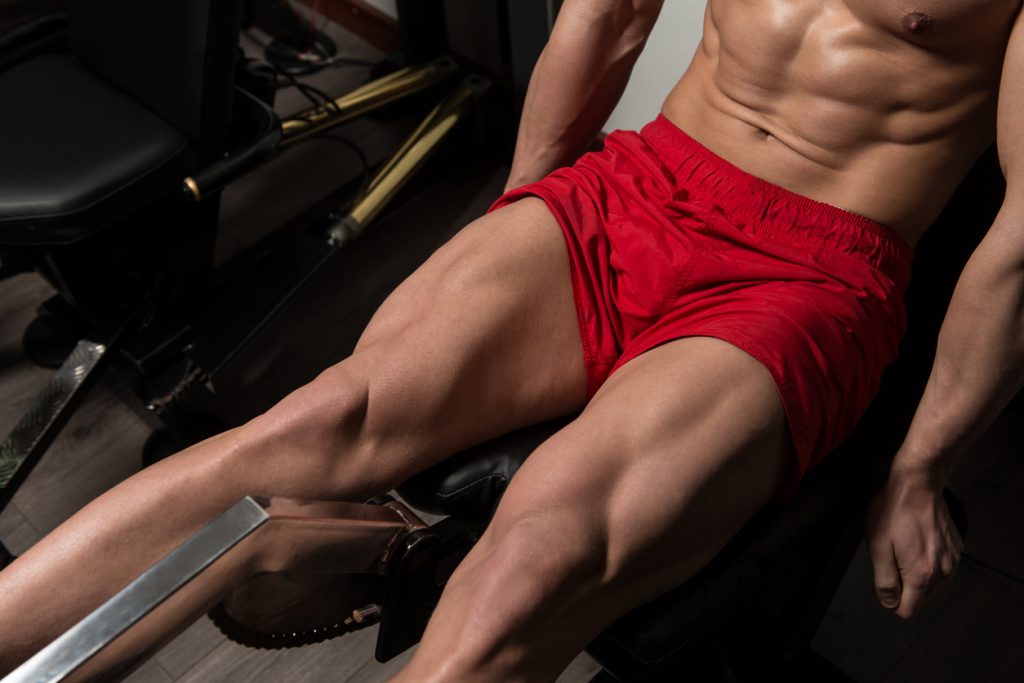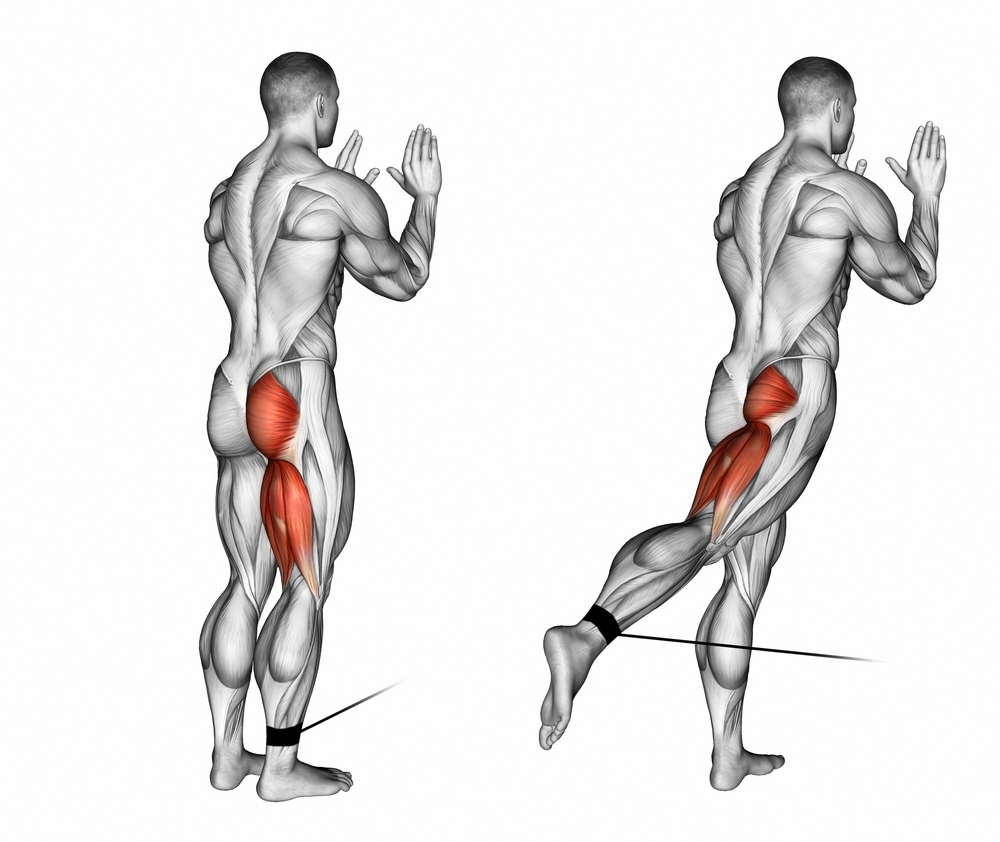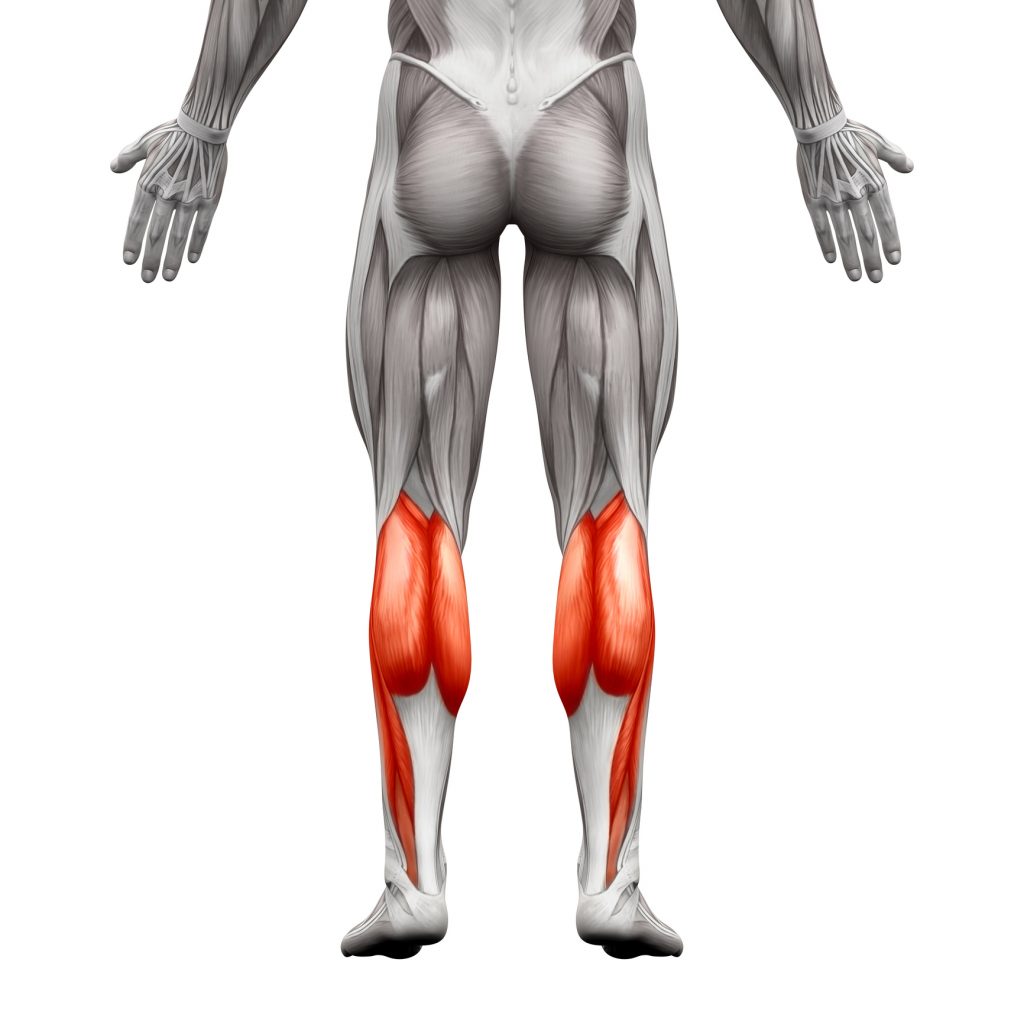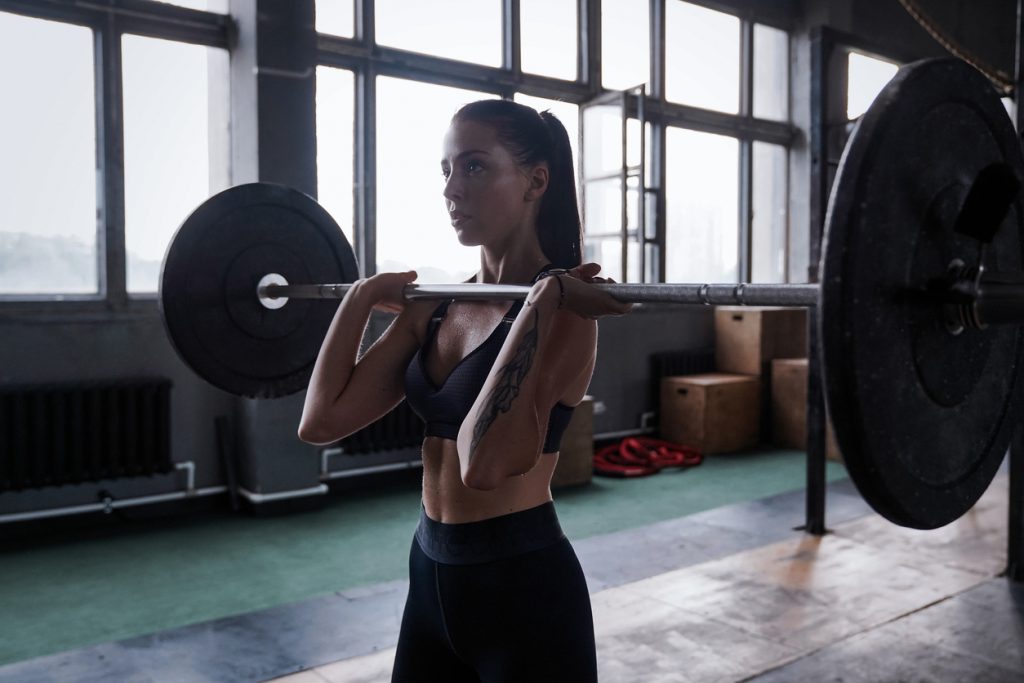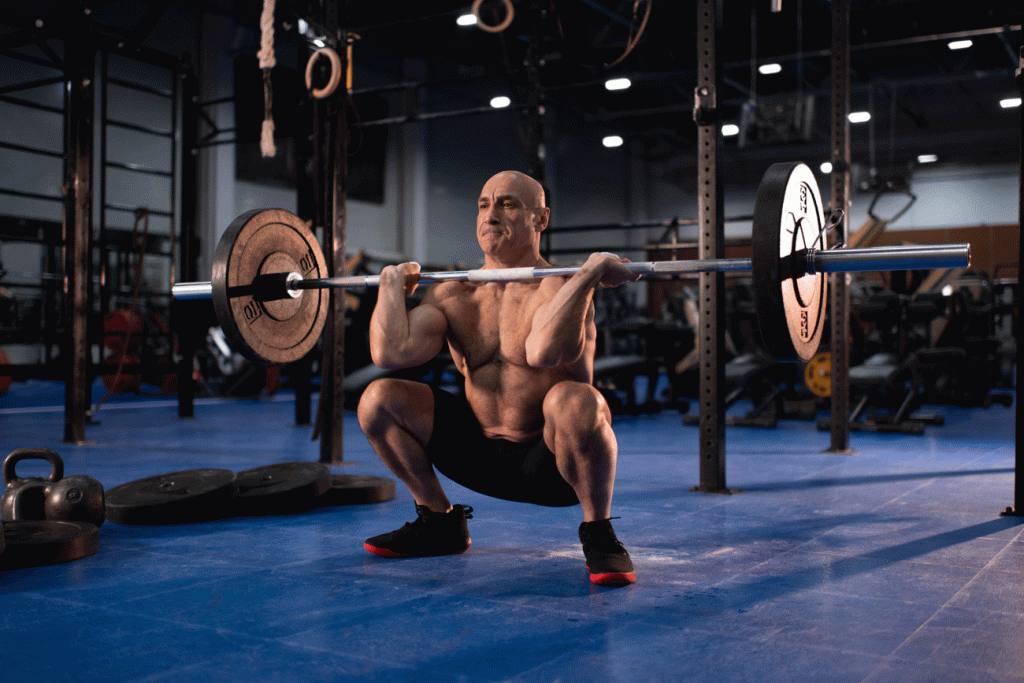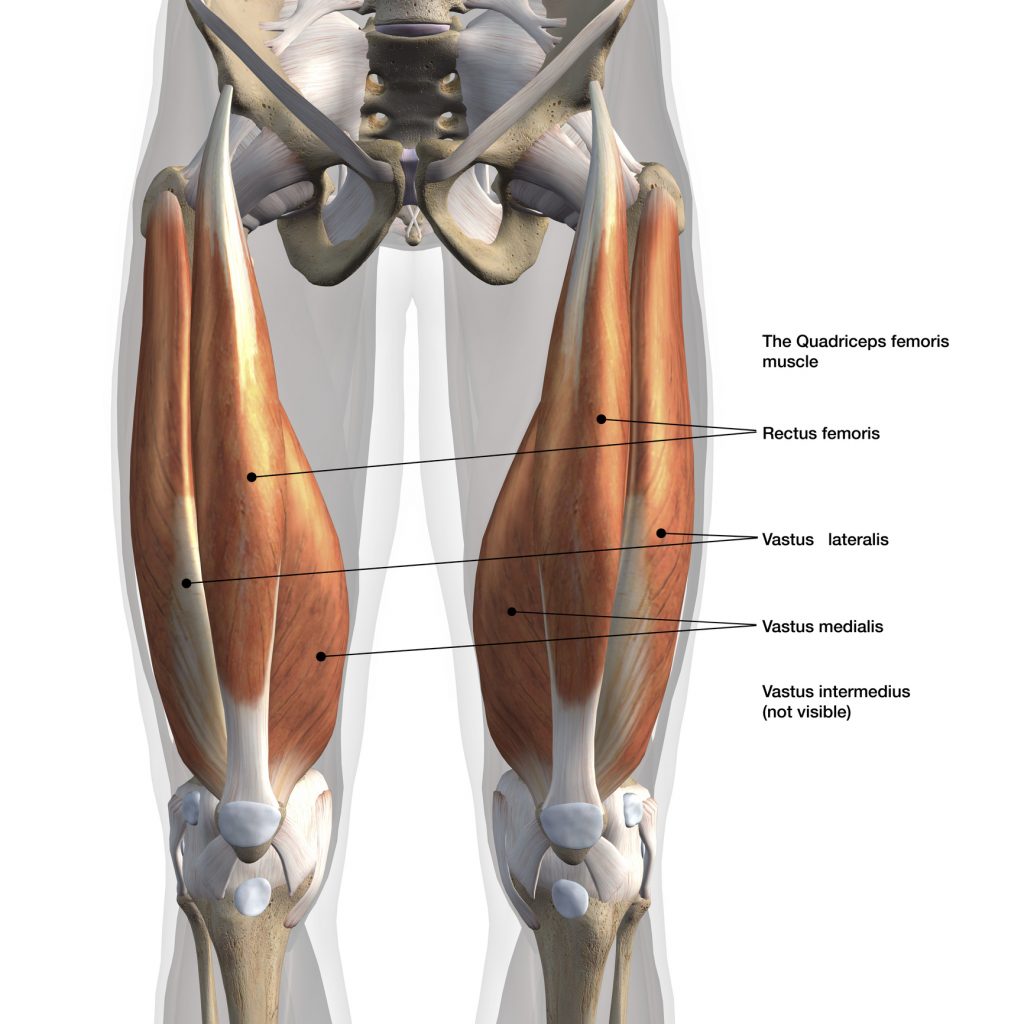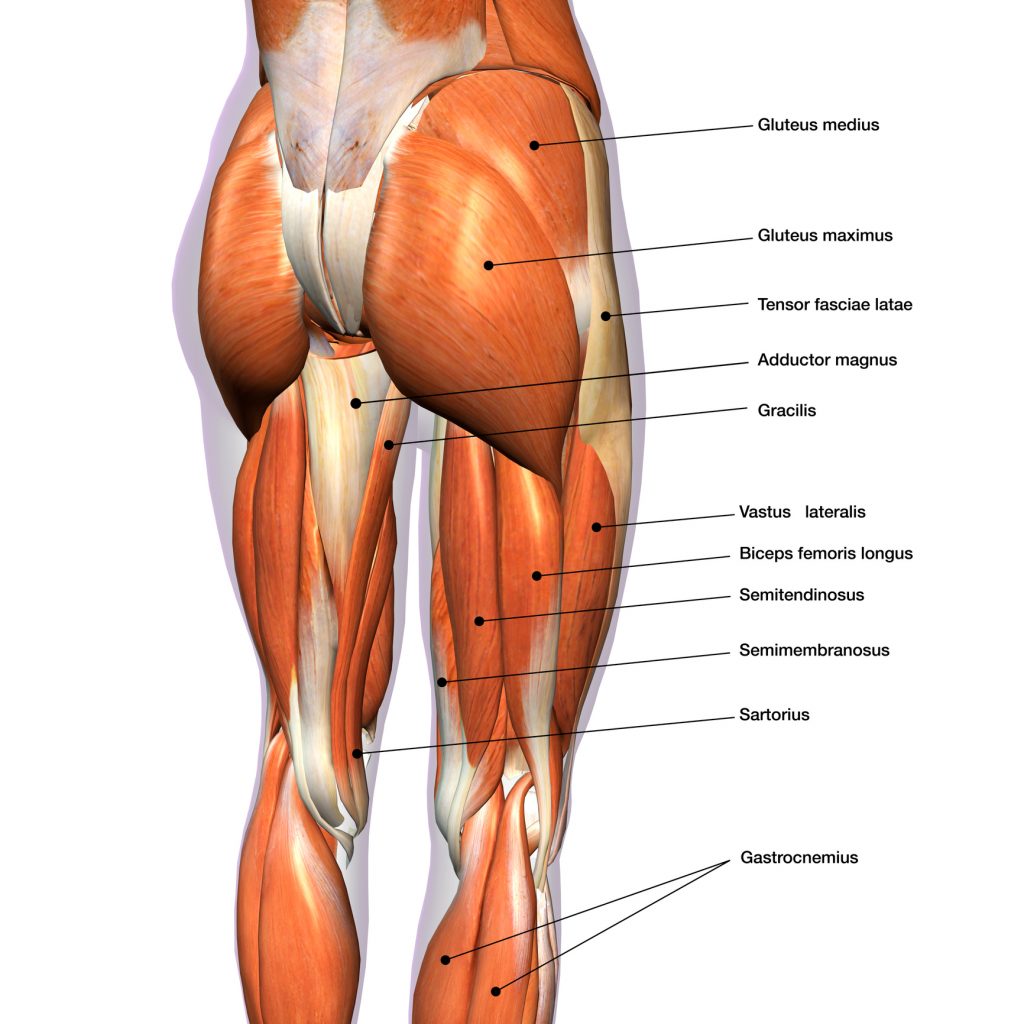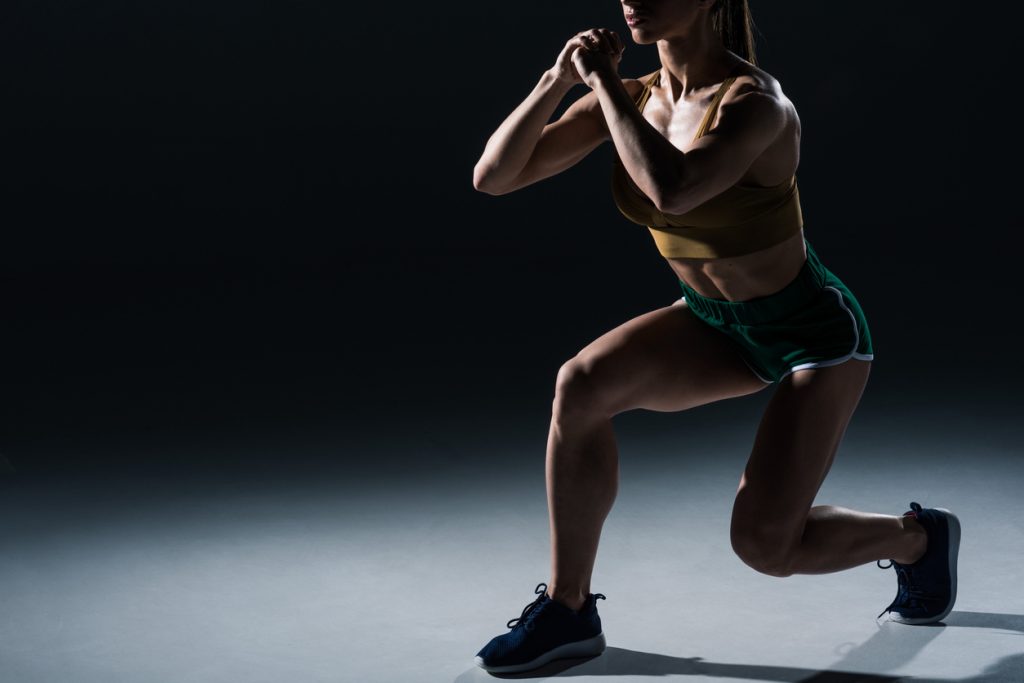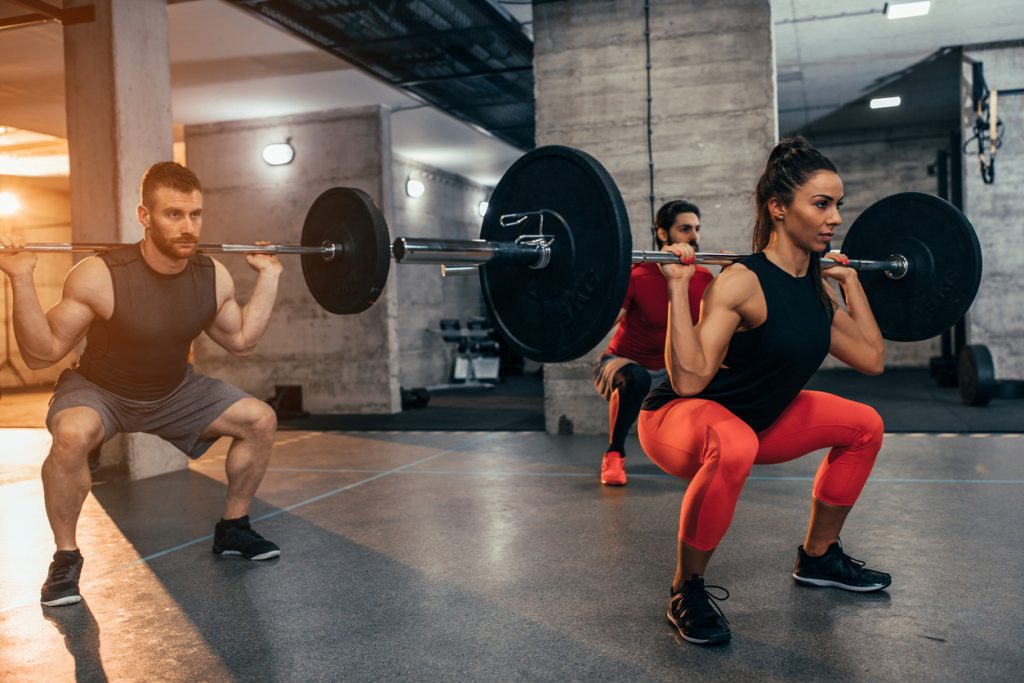This question always comes up: which is the better way to perform a deadlift (leg exercise): sumo or conventional? In fact, no one method is better or easier than the other.
The deadlift technique that suits you best is the one that is adapted to your body type and your muscular strengths and weaknesses, among others.
The choice of position also depends on your bodybuilding goals. But be aware that the records for deadlifts have been set in the conventional style.
The differences between sumo and conventional styles
Each style has its advantages and disadvantages. In fact, it all depends on your physiological characteristics including your body type and mobility as well as your muscular strengths and weaknesses. In other words, you should consider factors such as your hip structure or segment length to see which method is suitable. In addition to this, there are your goals, i. e. which muscles you would like to develop.
So, to find out which style is right for you, you would need to practice both in parallel for months at sub-maximal loads. For example, to begin with, you use the standard SDT as the main and the Sumo SDT as an accessory exercise and then you reverse the situation and swap the place of the two techniques as you go along. The idea is to find the method you feel most comfortable with and gain more muscle volume.
It would be very difficult to assign an appropriate technique based on hip shape. There are many different hip shapes, depending on the size, depth, angulation and rotation of the femur. The best thing to do is to try out the parallel practice mentioned above.
Often people tend to base their choice on mechanical parameters. "The sumo style is easier because the movement of the arms carrying the bar is closer to the body's centre of gravity. They say to themselves. However, reducing the evaluation of the position to the movement of the lever arm alone would be too simplistic. Other parameters still need to be considered, such as mobility and the muscular strengths and weaknesses of each individual.
During the months of testing on these two deadlift methods, you will understand where your muscular strengths and weaknesses lie. If you feel you perform better at sub-maximal loads with the traditional SDT but with the SDT Sumo you can lift maximal loads to a higher level, your weakness is most likely in the posterior chain. On the other hand, if your Sumo SDT performs better with submaximal loads but your SDT with maximal loads is higher, then your weakness would be in your thighs.
Other deadlift methods
Yes, apart from the classic method and the sumo, there are other variations of the deadlift. The Romanian deadlift is one of them, where you only have to bend down to lift the bar up to your knees. The Romanian deadlift mainly involves the hamstrings and less the back muscles. There is also the hack lift which consists in putting the bar behind the back while imitating the movements of the standard TDS. It puts the emphasis on the quadriceps. For beginners, the banded deadlift is recommended for the first phases of the exercise. It effectively provides progressive resistance through the use of elastic bands.
Feel free to try these versions of the deadlift to find the technique that allows you to master the deadlift. You can also alternate or complement them to achieve your muscle goals.

